But perhaps even more important for the development of Ukiyo-e was the fact that genre engraving under the influence of ukie began to use landscape backgrounds. Although compositional genre scenes
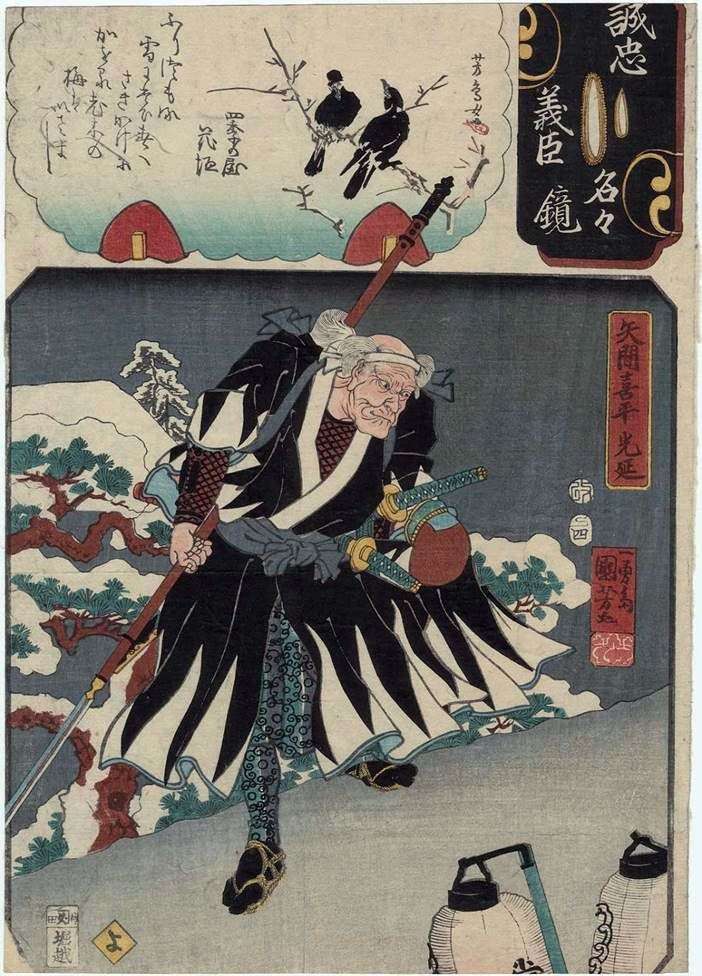

But perhaps even more important for the development of Ukiyo-e was the fact that genre engraving under the influence of ukie began to use landscape backgrounds. Although compositional genre scenes
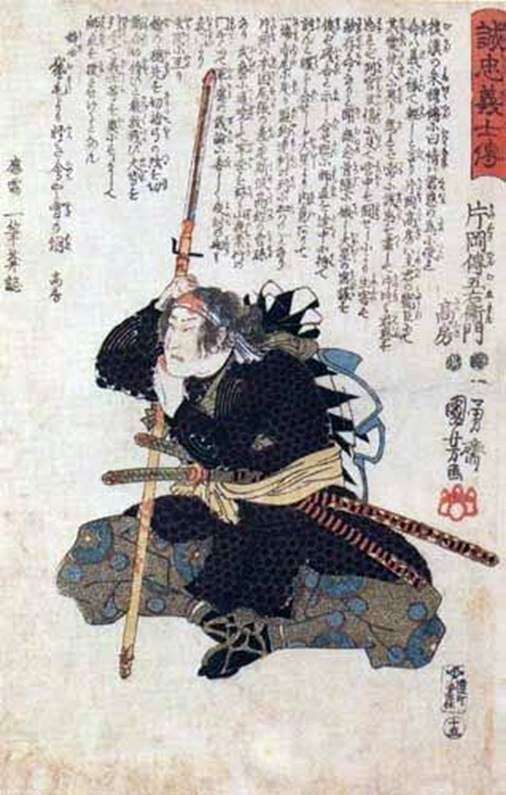
Contemporaries saw in the works of Hiroshige a reminder of visits to certain places in Japan, famous for their beauty. However, he was often reproached for deliberately distorting the real
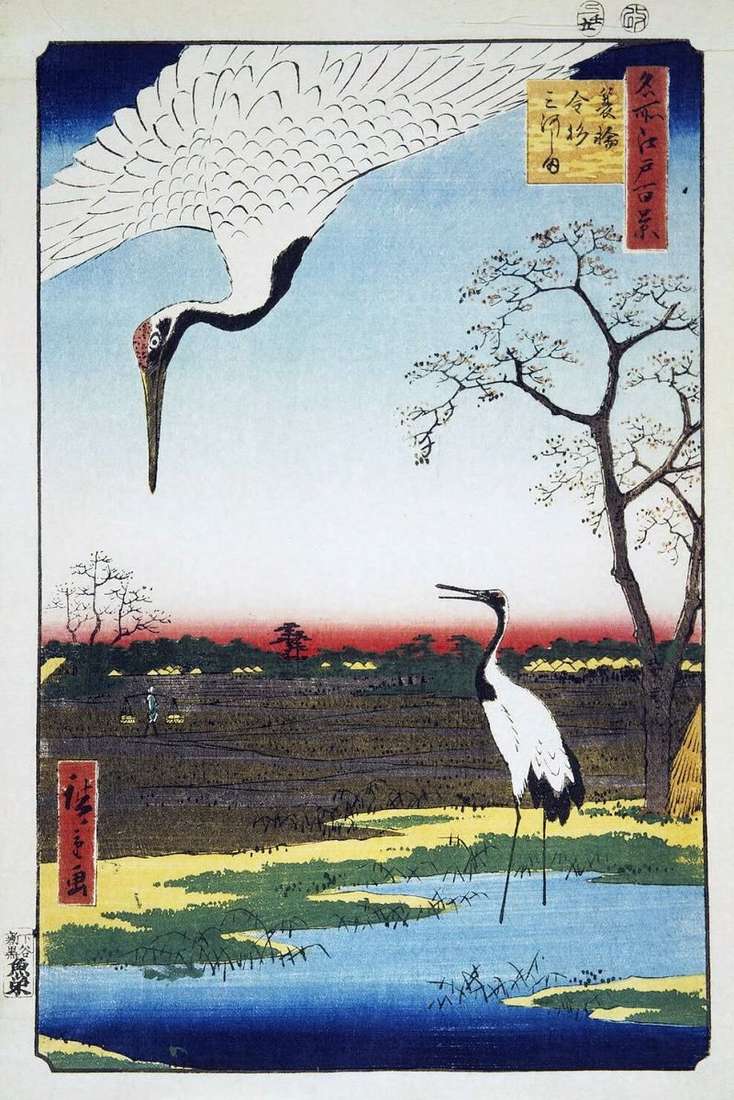
The series “One hundred famous kinds of Edo” – “Mase Edo Hyakkei” – occupies a special place both in the creative biography of the famous artist Ando Hiroshige, and in
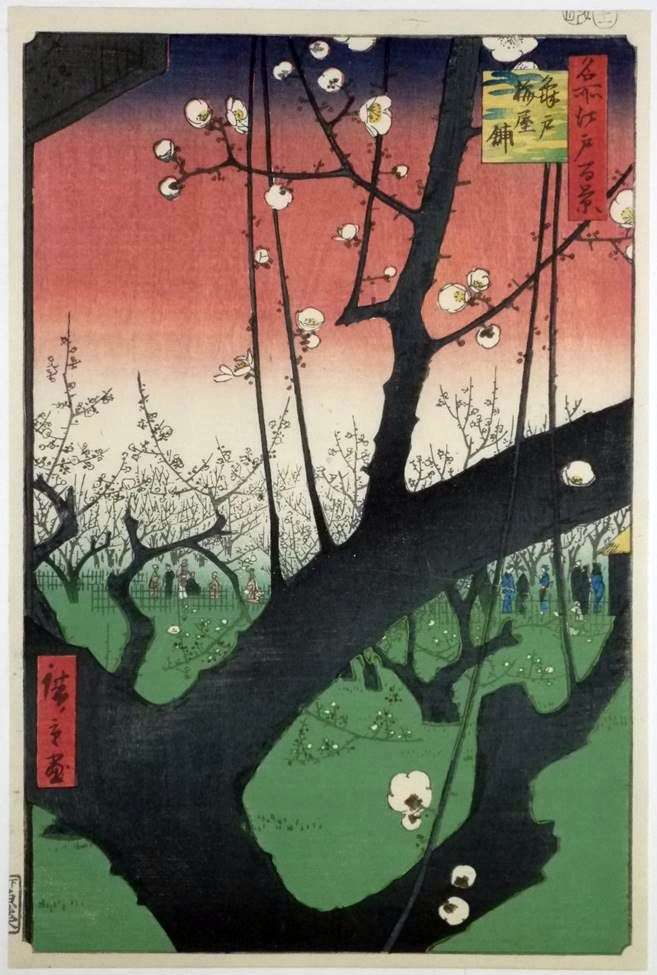
In the Edo period, Camaydo-mura was a suburb of the capital. A special fame here was the unusual plum tree Garubai. The tree died after the 13th Meiji flood. On
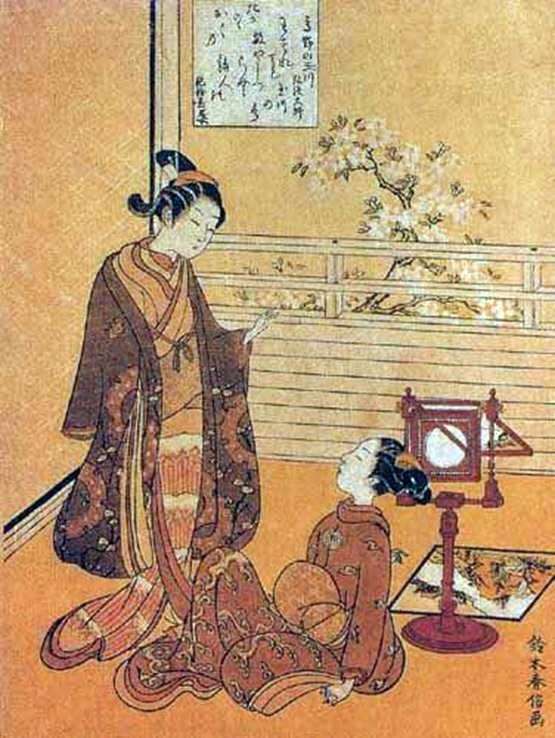
In the 1830s and 1840s, lifeless compilative works appeared increasingly, in which purely formal expressiveness, a predilection for external effects, superseded the thin transmission of the mood of the model,

Having paired compositions of two wrestling actors on a vertical sheet of paper, Torii Keenobu introduces into the composition such movement and passion as before did not know the engraving.
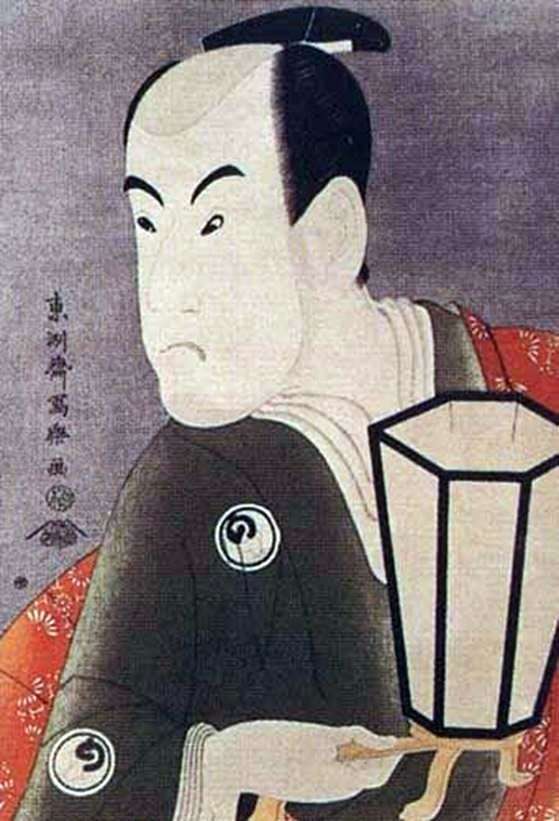
This applies to engraving. Thus, the new concept of the landscape as an image of a specific locality is formed in Ukiyo-e under the direct influence of European works, primarily
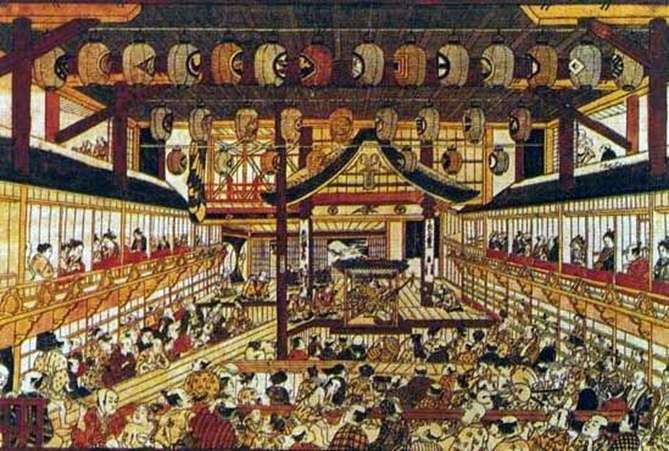
One of the main themes of the latter was landscapes in which Dutch artists, with more or less success, used new methods of constructing an image for them: the perspective
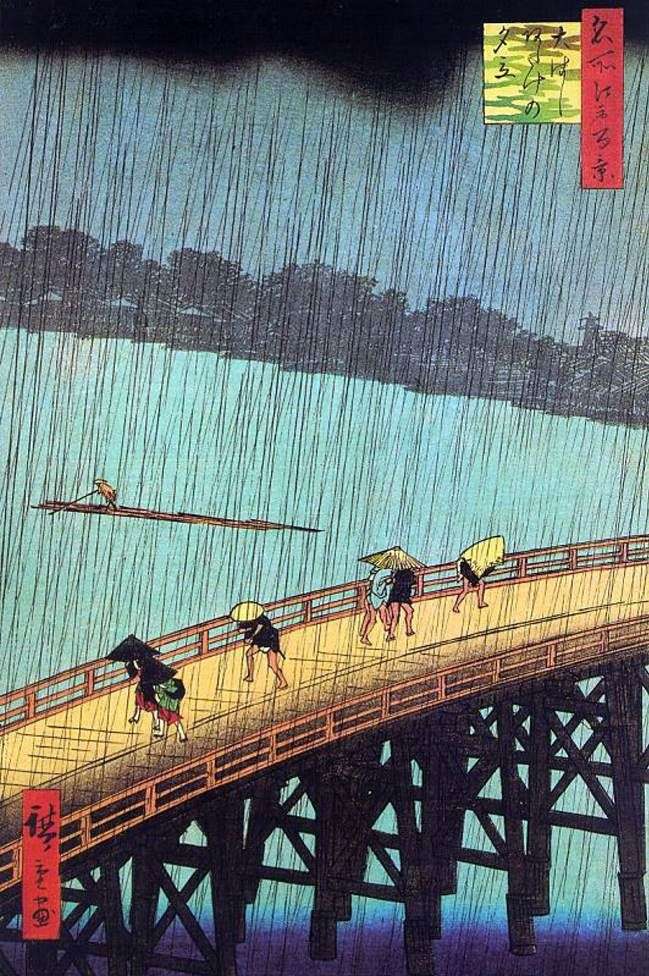
The toponym is included in the title of the engraving: Latake is a common name of the area, which is opened in the engraving of Hiroshige. This far shore became
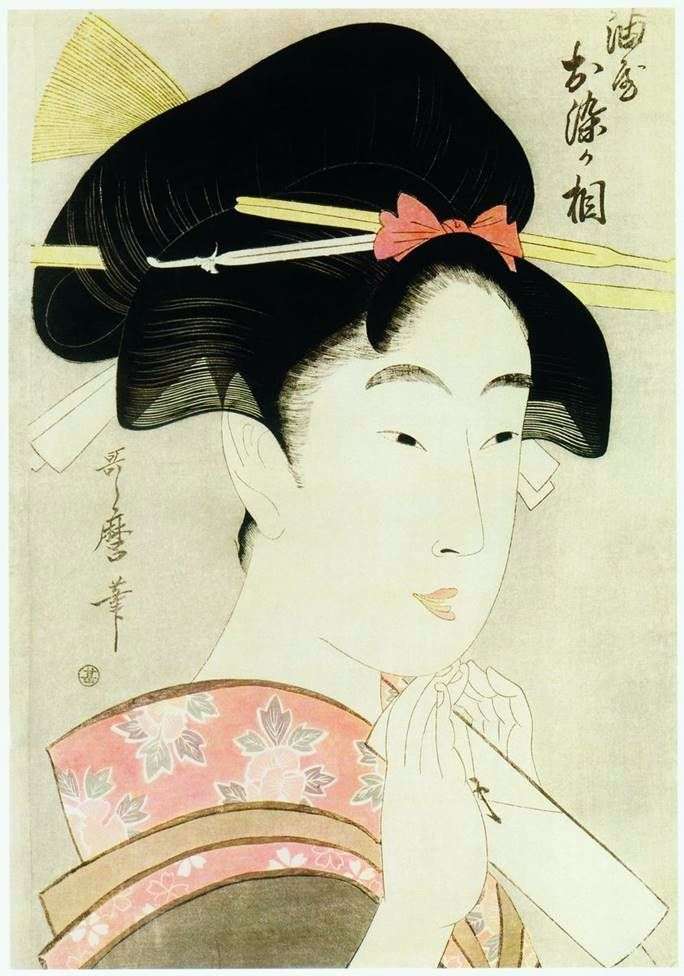
Okumur Masanobu, the second outstanding master of this period, has a more independent approach to easel engraving. Although he still prefers horizontal formats, he also uses vertical formats that are
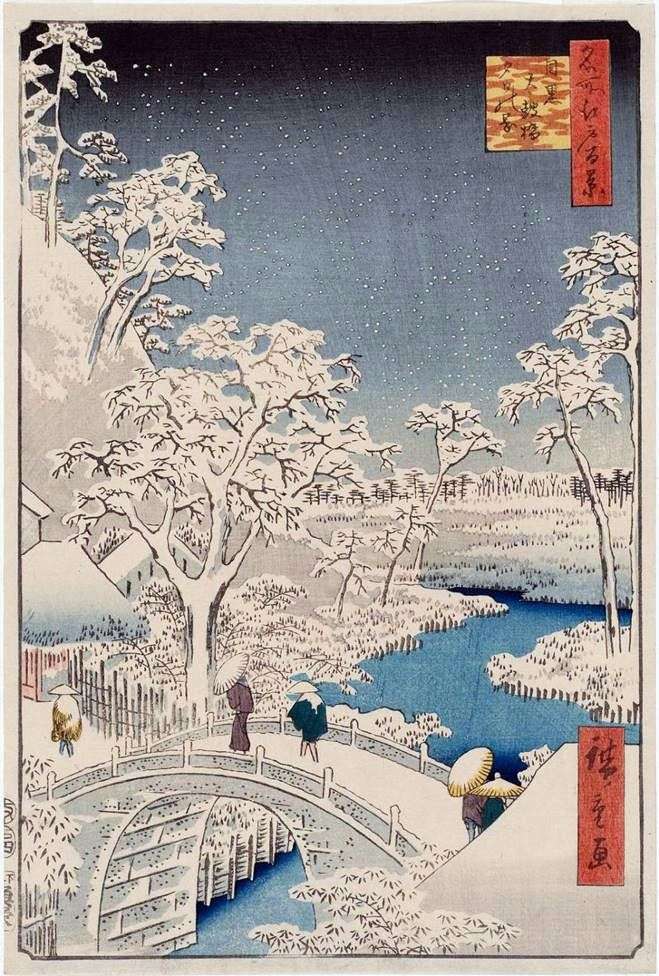
Not just a reliable image of the terrain and not even the elevation of a specific topographic motif to the level of a symbol, but the creation of an image

The first master who started working in this technique was Suzuki Harunobu. He not only brought technical innovations to the art of woodcuts, but also used its capabilities in conveying

Despite the fact that early ukieh can not be considered landscapes in the full sense of the word, the activities of Masanobu, Kokan and their followers are the first, but

In his works, the characteristic features of the Ukiyo-e landscape receive the most vivid and perfect embodiment. Already in the early landscape series of Hiroshige, such as “Toto Maysa”, “Tokaido

Okumura Masanobu chose for himself the theme of tender, feminine female actors-female performers. The fact that they are young men, only small purple caps indicate the shaven, as befits a